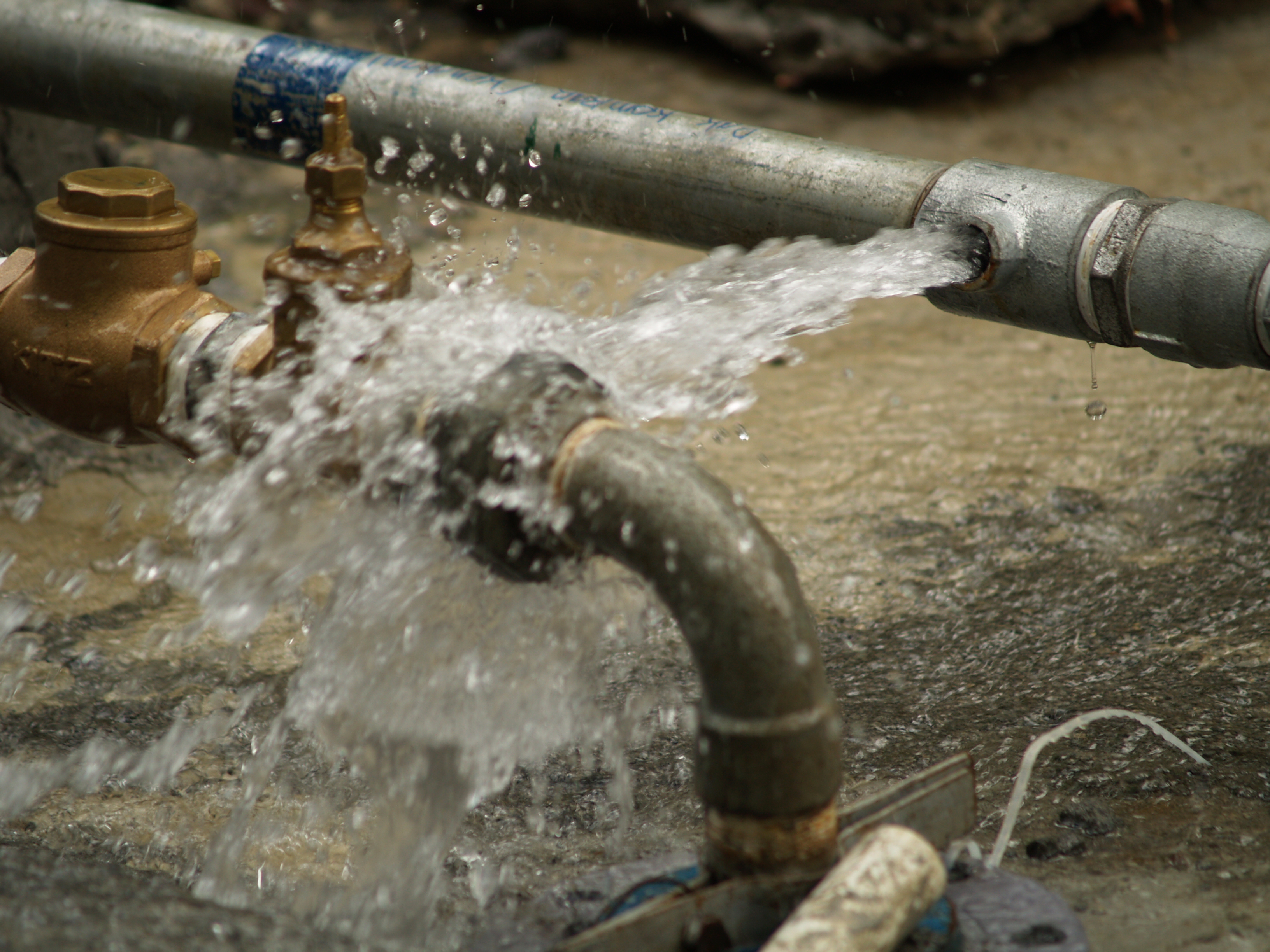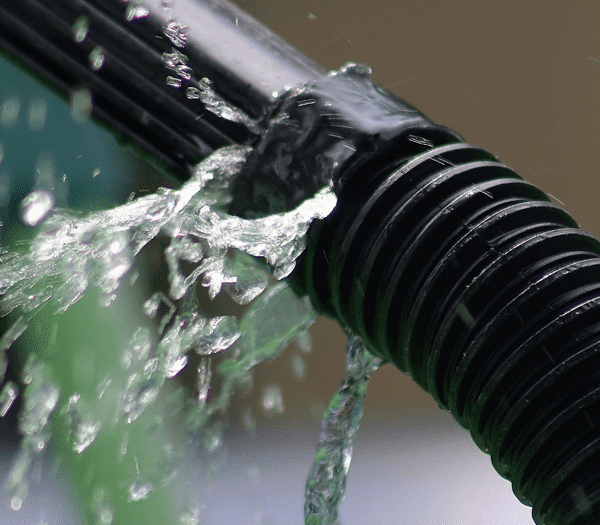Quick-Response Plumbing: Tips for Identifying as well as Fixing Ruptured Pipes
Quick-Response Plumbing: Tips for Identifying as well as Fixing Ruptured Pipes
Blog Article
What are your concepts on What to Know Before Installing a Dishwasher?

A ruptured pipeline is a significant emergency; you can only stand as you view water you pay dearly to rejoin with the earth. In worse cases, you notice a swimming pool on your kitchen area floor, which is a fantastic trip threat, particularly if you have children around. If the pipeline that burst was in your wall surfaces, trouble: you may need to paint that whole section.
How can a tragedy like a ruptured pipe be prevented and also handled? Well, by listening to your professional emergency plumbing professionals as well as following these regulations.
Exactly how do I recognize when my pipelines have burst?
Varying water pressures
Pipelines do not simply burst in a day. You may have noticed that your kitchen faucet or shower doesn't run instantly when you turn the tap. It may pause for a couple of secs and after that blast you with more pressure than normal.
In other instances, the water might seem normal in the beginning, then decrease in stress after a couple of secs.
Wet wall surfaces as well as water stains
Prior to a pipeline bursts, it will certainly leak, most times. If this relentless leaking goes unnoticed, the leakage may finish right into a broad wound in your pipeline. One easy means to avoid this emergency is to look out for damp walls advertisement water spots. These water stains will certainly lead you right to the leak.
Puddles under pipelines as well as sinks
When a pipeline bursts, the discharge develops a puddle. It might appear that the pool is growing in dimension, and despite the number of times you wipe the puddle, in a couple of minutes, there's an additional one waiting to be cleaned up. Often, you may not have the ability to trace the puddle to any noticeable pipes. This is an indicator to call an expert plumber.
Untraceable dripping sounds
Pipe ruptureds can occur in the most undesirable places, like within concrete, inside wall surfaces, or under sinks. When the house goes quiet, you may have the ability to hear an aggravatingly consistent trickling noise. Also after you've checked your shower head as well as kitchen faucet, the dripping might continue.
Precious reader, the leaking may be originating from a pipe inside your wall surfaces. There isn't much you can do about that, except inform a professional plumber.
Shut down the Water
When water freezes, it increases in volume by concerning 9 percent. And it broadens with tremendous pressure: The pressure inside pipes might go from 40 pounds per square inch to 40,000 psi! No pipeline can hold that much pressure, so it breaks open. The break might occur where the ice types, yet more often, it occurs where water pressure discovers a weak point in the pipe. That may be inches and even feet from the icy area. Find the water shutoff valve as well as switch off the water to prevent more damage. You may additionally need to shut off the electrical energy also, relying on where the leaks occurs as well as exactly how large it is.
Infected water
Many people assume a burst pipeline is a one-way electrical outlet. Fairly the contrary. As water flows out of the hole or gouge in your plumbing system, pollutants discover their method.
Your water might be infected from the resource, so if you can, check if your water container has any kind of problems. However, if your drinking water is supplied as well as cleansed by the local government, you must call your plumber quickly if you see or scent anything amusing in your water.
What do I do when I detect a ruptured pipe?
Your water meter will continue to run even while your water wastes. To minimize your losses, find the main controls and turn the supply off. The water mains are an above-ground structure at the edge of your residential or commercial property.
How to Fix & Detect a Leaking Pipe
How Do I Know if a Pipe is Leaking?
Leak detection tests can help you determine if your pipe has a leak. Even if you don’t see an apparent leak, you should still conduct leak detection tests regularly to save water and money—and prevent major damage to your home.
Water meter. It can be helpful to figure out what your usual water meter usage numbers are and then monitor them regularly. To monitor your meter, first, turn off all water faucets in your home. Check the meter and write down the numbers. In a few hours, check the meter again. If the numbers have changed, you have a leak. Water gauge. Use a water gauge to test your water pressure. Your showerhead should produce a certain amount of water pressure based on its model and design. If the pressure is lower than it is supposed to be for that specific showerhead, your home likely has a leak. Puddles. Look inside your bathroom, laundry, and kitchen sink cabinets. Puddles around the cabinets or around toilets, tubs, showers, and washing machines indicate the presence of a leaking pipe. You may also notice loose tiles, peeling or flaking paint, or mold caused by water accumulation. Napkin test. Even if you don’t see any puddles, you may still have a leak. You can test for water leaks in the bathroom, laundry, and kitchen by wiping below-sink connections with a napkin, paper towel, or piece of toilet paper. If it becomes damp, you probably have a leaking pipe under the sink. Discolored walls. Walls that are discolored—usually with brown or yellow stains—or bulging might mean that they have been impacted by water damage caused by a leaking pipe. Smell. A leaky pipe will create sitting water, and over time, that water may develop a musty smell. If your home smells musty, but you can’t locate the source, it may be due to a leak. Steps for Fixing a Leaking Pipe
A leaky drain can be remedied by tightening the pipe base, replacing the drain seal, caulking the rim, and tightening the pipe nut. Similarly, a leaking toilet pipe can be treated by tightening the packing nut. You may also need to replace the valve. A leaky faucet may just need tightening or replacement of the washers. If that doesn’t work, consider replacing your faucet. If your pipe has a hole in it, you may want to use a pipe leak sealer or pipe leak tape. This quick fix for water pipe leaks can also temporarily fix a copper pipe leak. https://www.ahs.com/home-matters/quick-tips/how-to-tell-if-pipes-are-leaking/

I hope you enjoyed our topic about How to Install and Connect a New Dishwasher. Thanks for finding the time to browse our short article. Please take a moment to share this write-up if you enjoyed it. Many thanks for your time. Please visit our blog back soon.
Schedule Service Now
Report this page